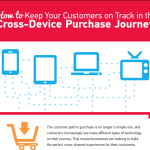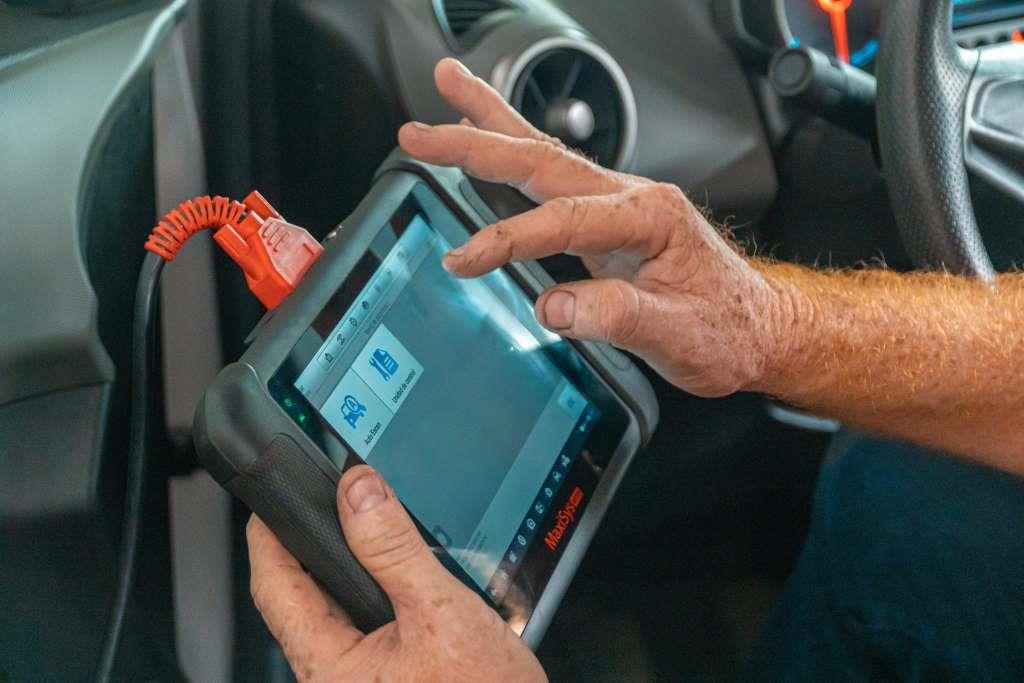
High street retailers have been facing something of a persistent crisis, the blame for which cannot all be laid at the feet of the credit crunch and the ensuing economic slowdown. The rise of e-commerce has left traditional bricks and mortar stores on the back foot, with many famous firms struggling to sustain themselves and falling off the face off the earth completely.
But consumers are still eager to visit real world outlets, particularly if they offer them an engaging and unique way to shop that cannot be replicated online. Modern retailers need to embrace a multichannel strategy which accepts the shifting trends and combines the best elements of in-store shopping with e-commerce. And by offering on-site Wi-Fi connectivity to customers, businesses will have a better chance of getting insights into their habits, which could prove valuable.
Why Wi-Fi?
 Wi-Fi hotspots have become commonplace across the UK and it is difficult to wander down any street without encountering myriad wireless connections radiating from each premises. As a result of this, consumers have been trained to expect that any business they visit will be able to offer them an internet connection which they can access from their smarpthones, tablets and laptops. Wi-Fi networks can be inexpensively established in-store, enabling shoppers to get online and use their portable devices for a range of purposes. This is a selling point of the outlet as a whole because it means that customers will not need to eat into their monthly data allowance while they are on-premises.
Wi-Fi hotspots have become commonplace across the UK and it is difficult to wander down any street without encountering myriad wireless connections radiating from each premises. As a result of this, consumers have been trained to expect that any business they visit will be able to offer them an internet connection which they can access from their smarpthones, tablets and laptops. Wi-Fi networks can be inexpensively established in-store, enabling shoppers to get online and use their portable devices for a range of purposes. This is a selling point of the outlet as a whole because it means that customers will not need to eat into their monthly data allowance while they are on-premises.
People have become accustomed to the practice of showrooming, whereby they use their portable devices to look up product information and compare prices while at high street stores, while still getting the benefit of being able to directly engage with the items they are thinking about buying in person. A recent report from eConsultancy found that almost half of consumers in the UK have admitted to using their mobile phone to check the price of products while at a bricks and mortar store. This habit rises even higher among those younger than 35, which indicates that the practice will intensify over time.
If you do not have a Wi-Fi service available, then the browsing habits and other salient pieces of information this activity generates will be lost to you. But businesses which do establish a customer hotspot will be able to access a wealth of data which can be used to gain valuable customer insights. But what are the benefits to customer experience and how can this be advantageous to retailers themselves?
Customer Information Exchange
While Wi-Fi is an expected feature to find in various businesses, consumers appreciate that you cannot get something for nothing, which means they are willing to part ways with personal information to gain access to such a solution.
As well as being happy to sign in via an email address and user name when using in-store Wi-Fi, a study from OnDeviceResearch found that three quarters of consumers would find it acceptable for a business to either email or text them special offers when they link up to a local wireless hotspot. This exchange of information and promotional material shows that both businesses and their customers recognise the value associated with in-store Wi-Fi. It does of course run the risk of showing people that they might be able to get the same item at a lower cost elsewhere, but the reality is that you can prevent visitors running off to shack up with competitors if you have their information.
Details about shopping habits and web history which are relayed when they access in-store Wi-Fi can be used to better target them with advertisements and promotions, thus leading to the likelihood of higher conversions even in a competitive marketplace.
Active Engagement
The passive collection of customer information and the subsequent analysis of this can be undeniable valuable, especially if a retailer is struggling to understand why certain trends are hampering sales. However, it is also important to remember that actively engaging users is also a good way not only of converting them into paying customers, but also gathering even more data about their activities.
Major retailers like Tesco have implemented in-store Wi-Fi which is linked up to loyalty card schemes, which means detailed information about each individual’s whole shopping history is on offer. This may not be practical or feasible in smaller retailers, but there are other ways to directly interact with customers through Wi-Fi. Advertising its availability, requiring a direct sign-in to enable the connection and even offering in-store elements which are linked to smartphone and tablet connectivity will all help.
You might, for example, find it useful to roll out QR codes at relevant points which link to product pages on your firm’s mobile site, which means that if customers do need to find more information about an item, they will not be browsing elsewhere. Tackling the issue of mobile browsing head-on and channelling people to your e-commerce outlet is a good way of sidestepping potential issues. Creating a dedicated mobile app for your store may also be worthwhile, because this is an even better way of keeping consumers on-side when they are on-site, reducing the temptation to look elsewhere.
Successful Wi-Fi Deployment
Retailers need to strike a balance between making in-store Wi-Fi useful from a commercial point of view and making it convenient for customers to use. The initial log-in process needs to be quick and uncomplicated, so that people can whip out their smartphones and start browsing without any hold-ups.
A good system should also allow customers who have visited and connected before to rejoin the network on their next trip to the shop without going through the entire process again. This is simple to achieve and will make it possible to keep track of a user’s habits over an extended period. Retailers also need to advertise their Wi-Fi networks to customers and integrate the mobile experience more completely across the store. Even if this means notifying people about your social media presence on Facebook and Twitter, this will be a benefit in terms of engagement and will reduce the chance of sales being lost to rivals with better mobile strategies.
Many industry experts believe that while the internet could be seen as the enemy of the high street, in reality it is also the one service which could pull bricks and mortar retail back from the brink. But this can only be achieved if businesses embrace Wi-Fi and use the customer data that it generates effectively over the coming months and years to secure long term multichannel growth.
This guest post was sent to us by Jamie Garner who works for the UK business telecoms company Daisy Group.















